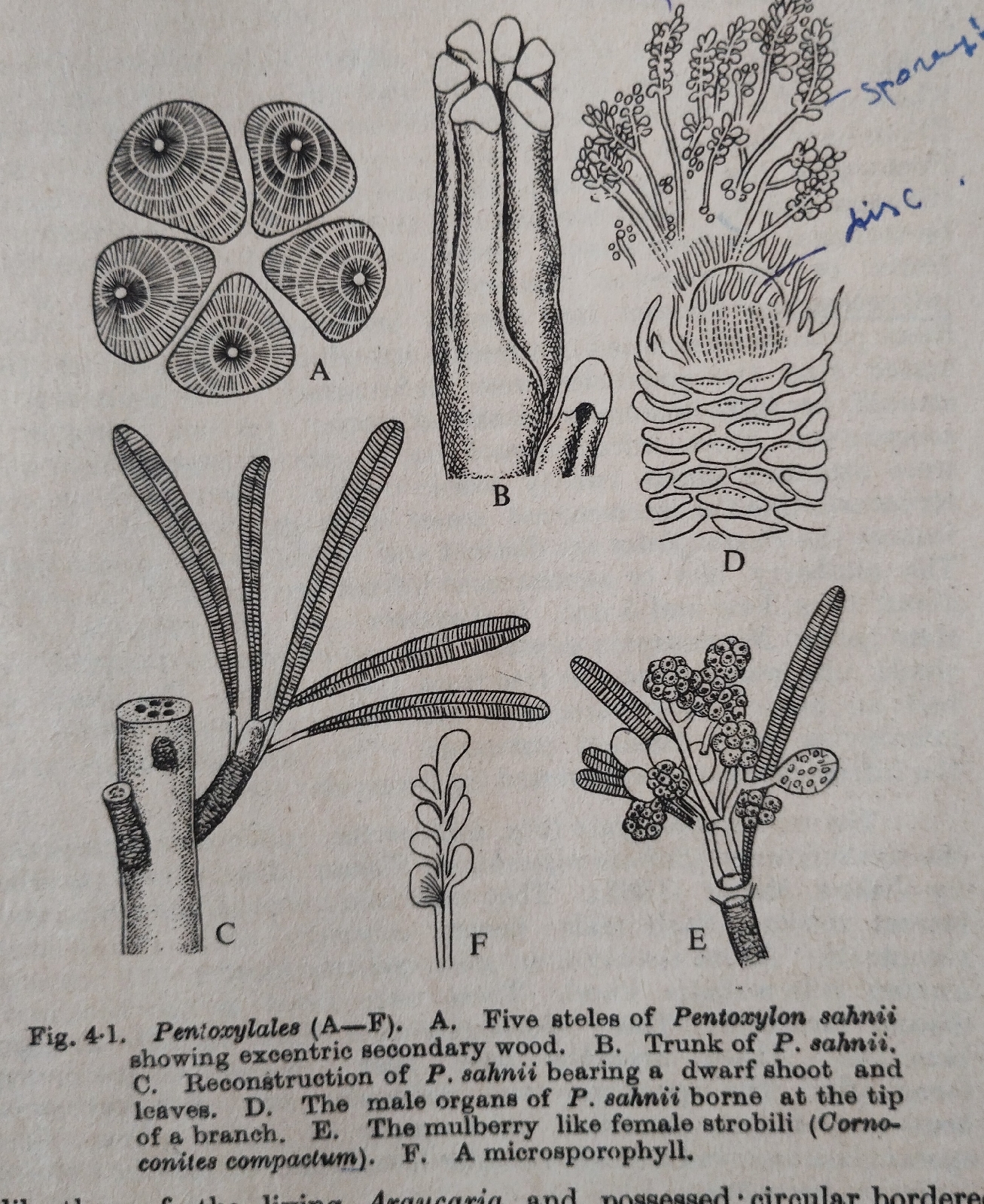Parasexuality in Fungi
Several members of Deuteromycetes, a few Ascomycetes & Basidiomycetes perform plasmogamy,karyogamy & meiosis (haplodisation) in their life cycle but not at a specific time and specified points . This abnormal behaviour of such fungi is termed as parasexuality .
Pontecarvo & Roper ,1952 first discovered parasexuality in Aspergillus nidulans and also coined this term (Greek , para=beside of sex ).A few fungi which perform parasexuality are :
Aspergillus nidulans, A.niger, A fumigatus ,A. oryzae, Penicillium chrysogenum , P.expansum, P.italicum,Fusarium oxysporum,Ustilago maydis,etc.
Mechanism:
Pontecarvo,1956 observed the following steps of parasexuality in Aspergillus nidulans:
(i) Formation of heterokaryotic mycelium: Anastomosis of somatic hyphae of different genetic constitution , fusion of some nuclei and their subsequent division and mutation of one or more nuclei of a homokaryotic mycelia in some Ascomycetes resulted into heterokaryotic mycelium.
(ii) Karyogamy: Fusion of two haploid nuclei resulted into the formation of 2n nuclei .
(a) Fusion of like nucli (n) resulted into homozygous 2n nuclei
A X A -----> AA
Or,
B X B -----> BB
(b) Fusion between two genetically dissimilar nuclei :
A X B -------> 5 types of gametes:
A (haploid nuclei) ,
B (haploid nuclei ) ,
AA (homozygous diploid nuclei),
BB (homozygous diploid nuclei),
AB ( heterozygous diploid nuclei).
(iii) Multiplication of the nuclei :
The above said 5 types of nuclei multiply and the ratio of the resulted nuclei is :
Heterozygous 2n nuclei: n nuclei =1:1000.
(iv) Occasional Mitotic crossing over:
Mitotic crossing over occasionally take place during the multiplication of diploid nuclei and resulted in the formation of new gene combination.
In Aspergillus nidulans, it is very rare ,but in case of Panicillum chrysogenum and A. niger it is as frequent it is as frequent as during meiosis .
(v) Sorting out of 2n nuclei :
Sorting of 2n nuclei takes place in uninucleate conidia producing fungi .
(vi) Occasional haplodisation of 2n nuclei
Occasionally haploid conidia are formed from some hyphae of 2n mycelia .Such haploid conidia germinate to form haploid mycelia ,.This phenomenon indicates the occasional halodisation of some 2n nuclei.
(vii) Sorting of new haploid strains :
Incorporation of n nuclei in uninucleate conidia indicates that new haploid strains are being sorted which are genetically different from their parents due to mitotic recombination.
Hence , after parasexuality a mycelium may contains:
(a) haploid nuclei similar to both of the parents.
(b) haploid nuclei with new genetic recombination.
(c) several types of diploid homozygous nuclei and
(d) several types of diploid heterozygous nuclei.
Significance of Parasexuality:
(i) New and better strains of industrially important Deuteromycetes are obtained by mutation through parasexuality.
(ii) It may be applied in the analysis of genetic and physiological process of fungi.
(iii) During the genetic control of pathogenicity and host range of Fusarium it can be applied .




Comments
Post a Comment